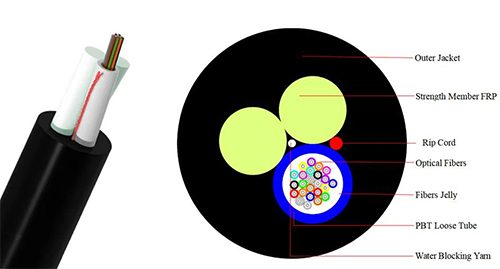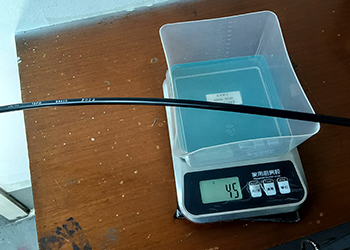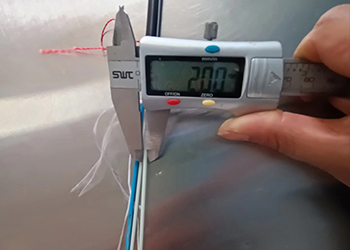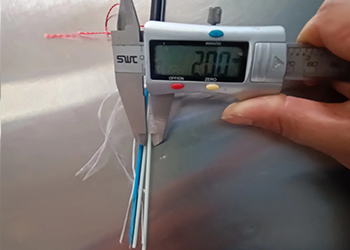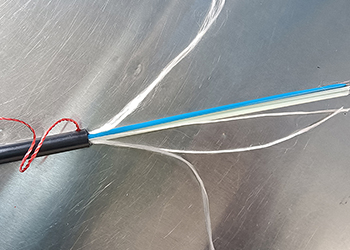Testing ASU fiber optic cables involves ensuring the integrity and performance of the optical transmission. Here's a step-by-step guide for conducting fiber optic cable testing for ASU Cable:
-
Visual Inspection:
- Inspect the cable for any physical damage, such as cuts, bends exceeding the minimum bend radius, or stress points.
- Check connectors for cleanliness, damage, and proper alignment.
-
Connector Inspection and Cleaning:
- Inspect the connectors using a fiber optic inspection scope to check for dirt, scratches, or damage.
- Clean connectors using appropriate tools and cleaning solutions if necessary.
-
Insertion Loss Testing:
- Use an optical power meter and a light source to measure the insertion loss (also known as attenuation) of the fiber optic cable.
- Connect the light source to one end of the cable and the power meter to the other end.
- Measure the optical power received by the power meter and calculate the loss.
- Compare the measured loss with the acceptable loss specified for the cable.
-
Return Loss Testing:
- Use an optical time-domain reflectometer (OTDR) or a reflectance meter to measure the return loss of the fiber optic cable.
- Launch a test pulse into the fiber and measure the amount of reflected signal.
- Calculate the return loss based on the reflected signal strength.
- Ensure the return loss meets the specified requirements for the cable.
-
Dispersion Testing (Optional):
- Use specialized equipment to measure chromatic dispersion, polarization mode dispersion, or other types of dispersion if required by the application.
- Evaluate the results to ensure they meet the specified tolerances.
-
Documentation and Reporting:
- Record all test results, including insertion loss, return loss, and any other relevant measurements.
- Document any deviations from expected values or abnormalities observed during testing.
- Generate a report summarizing the test results and any recommendations for maintenance or further actions.
-
Certification (Optional):
- If the fiber optic cable is being installed for a specific application or network, consider certification testing to ensure compliance with relevant standards and specifications.
It's essential to follow proper procedures and use calibrated equipment when testing fiber optic cables. Additionally, ensure that personnel performing the tests are trained and competent in fiber optic testing techniques.


